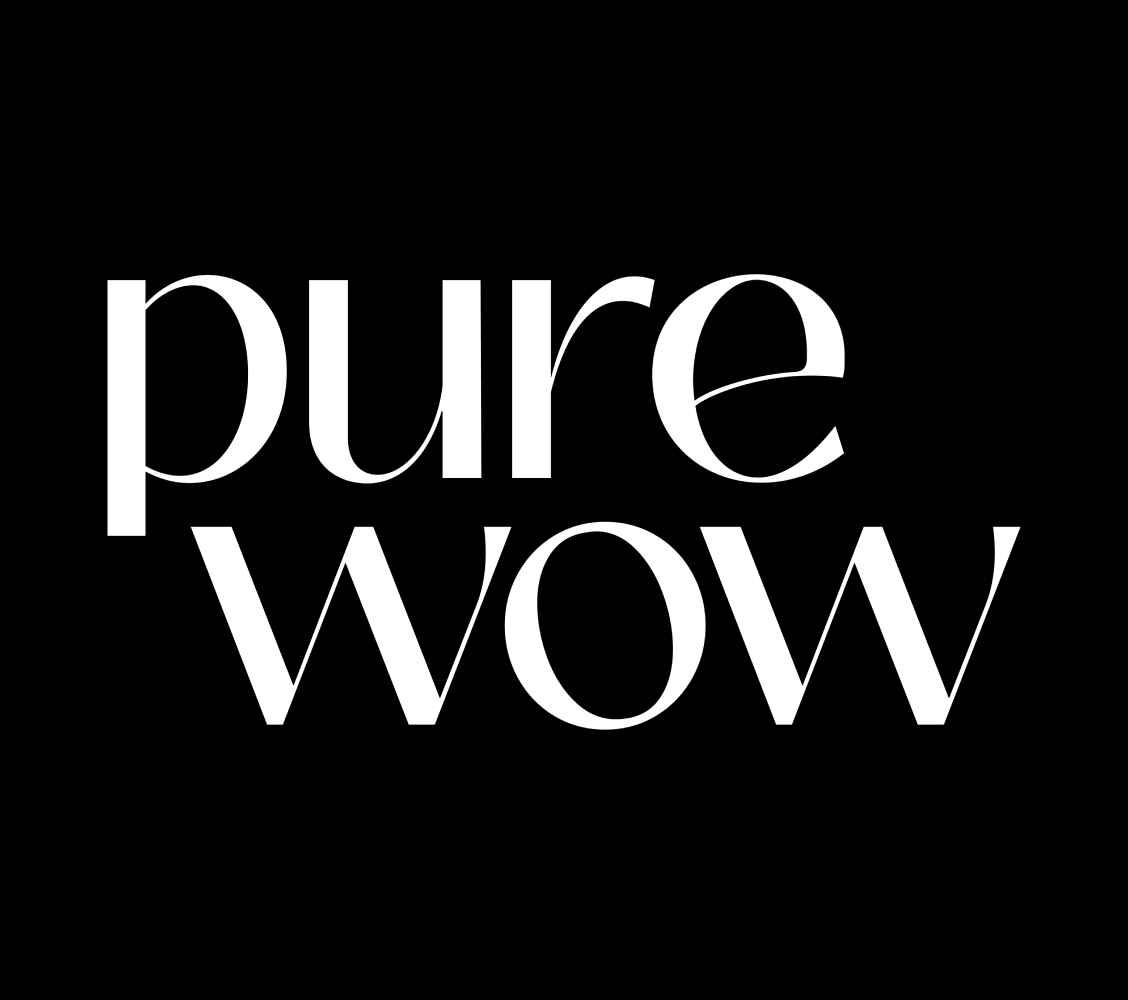Winter can do a number on natural hair, leaving it dull, dry and brittle. Which is why many women turn to protective hairstyles in the colder months—styles that reduce tension on the hairline, protect the ends and require minimal manipulation.
Curl expert and salon-owner, Daryce Tolliver, explains that naturally curly hair typically requires more frequent rehydration than straight hair since its spiral form can make it harder for the scalp’s natural oils to reach the entire strand. And during the winter, the lack of humidity in the air can cause even more dehydration. Combine that with the friction caused by cold-weather accessories like beanies and scarves, and you’ve got the perfect recipe for hair breakage and split ends.
But in order to determine the best protective style for you, it’s important to evaluate the state and health of your hair. Tolliver recommends taking note of your hair density, porosity and the amount of time your hair can stay hydrated between wash days. In particular, ask yourself these three questions before landing on your next protective style:










